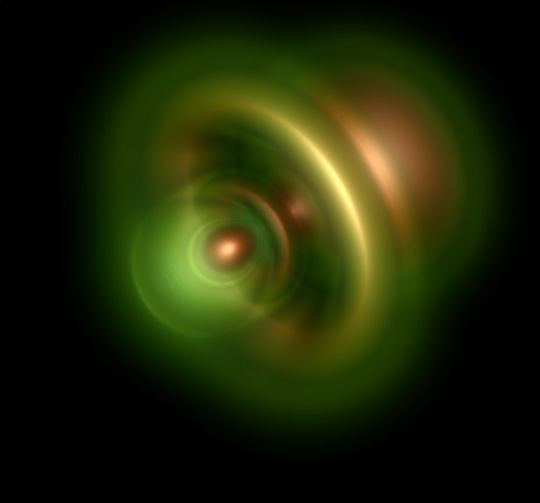Physicists Witness Electron Escaping An Atom — The Smallest Fragment Of Time Ever Observed

One of the many reasons the world of subatomic particles seems to alien to us denizens of the macroscopic realm is that events at the tiniest known level of reality take place within extremely minute periods of time — durations that are so small that from a human point of view, they may as well not even exist. The meaning and perception of time, therefore, vary widely depending on whether you are a human or a subatomic particle like an electron.
Now, for the first time, physicists have succeeded in recording an event within an atom with an accuracy of a trillionth of a billionth of a second, marking the smallest division of time ever recorded by humans.
The event? Photoinonization — or the photoelectric effect, which was discovered by Albert Einstein — in which an electron was seen exiting a helium atom after excitation by light.
“If light hits the two electrons of a helium atom, you must be incredibly fast to observe what occurs,” researchers from Germany’s Max Planck Institute of Quantum Optics, said in a statement. “Besides the ultra-short periods in which changes take place, quantum mechanics also comes into play. If a light particle (photon) hits the two electrons, either the entire energy of the photon can be absorbed by one of the electrons, or a division can take place. Regardless of the energy transfer, one electron leaves the helium atom.”
Until now, physicists had only been able to observe what happens after an electron has already left an atom, and the events before that were shrouded in mystery. In this case, however, improvements in measurement methods allowed the researchers to measure events taking place at a rate of up to 850 zeptoseconds (1 zeptosecond = 10-21 seconds).
They did so by shining an attosecond-long (1 attosecond = 10-18 second), extremely ultraviolet light pulse on the helium atom to excite the electrons, and firing an infrared laser pulse — lasting about four femtoseconds (1 femtosecond = 10-15 seconds) — to detect the electron as soon as it left the atom.
“Depending on the exact electromagnetic field of this pulse at the time of detection, the electron was accelerated or decelerated,” the researchers said. “Through this change in speed, the physicists were able to measure photoemission with zeptosecond precision.”
They discovered that it took between seven and twenty attoseconds from the time a photon interacted with the electrons to the time one of the electrons left the atom, and that this time varied depending on the electron’s interaction with the nucleus and the other electron.
The observations, described in a study published in the journal Nature Physics, pave the way toward building a comprehensive understanding the quantum behavior of electrons — something that is still scarcely understood.
“Many things are rooted in the interactions of individual electrons, but we handle them as a collective thing,” Martin Schultze from the Max Planck Institute of Quantum Optics, told New Scientist. “If you really want to develop a microscopic understanding of atoms, on the most basic level, you need to understand how electrons deal with each other.”
© Copyright IBTimes 2024. All rights reserved.












